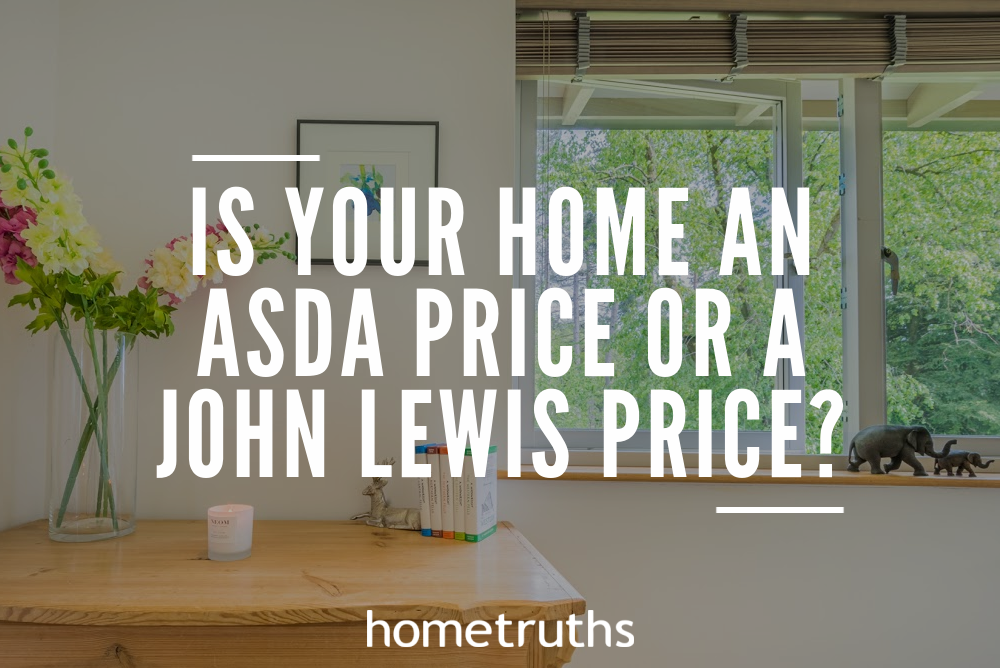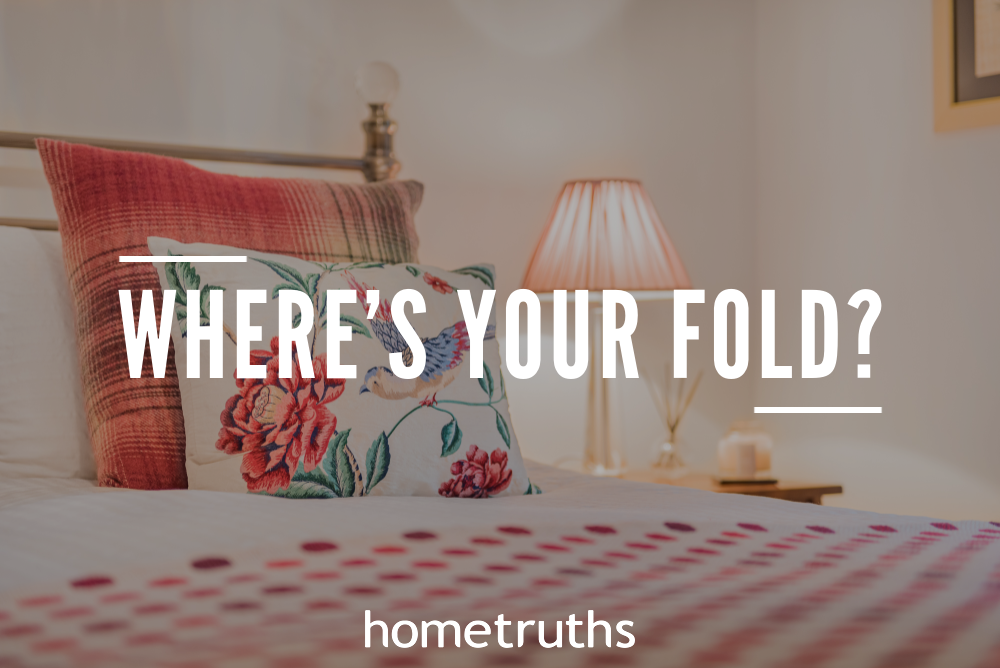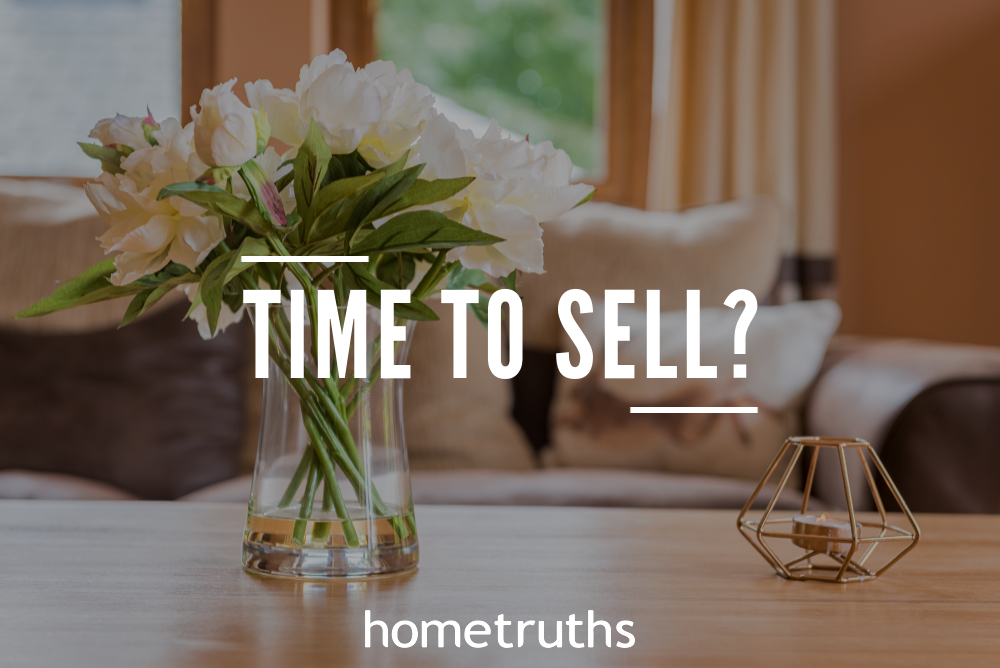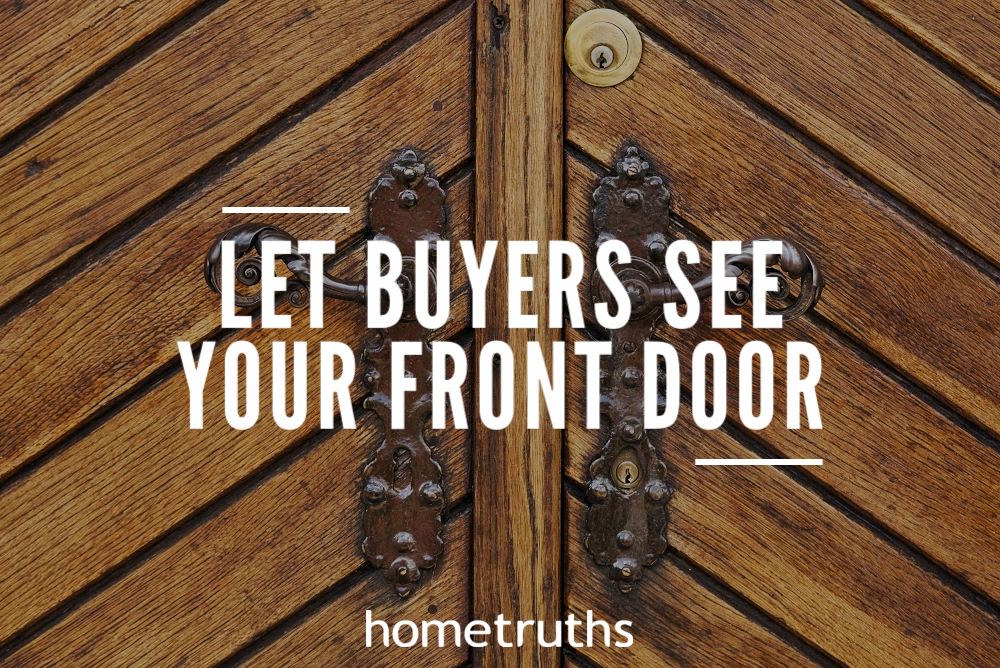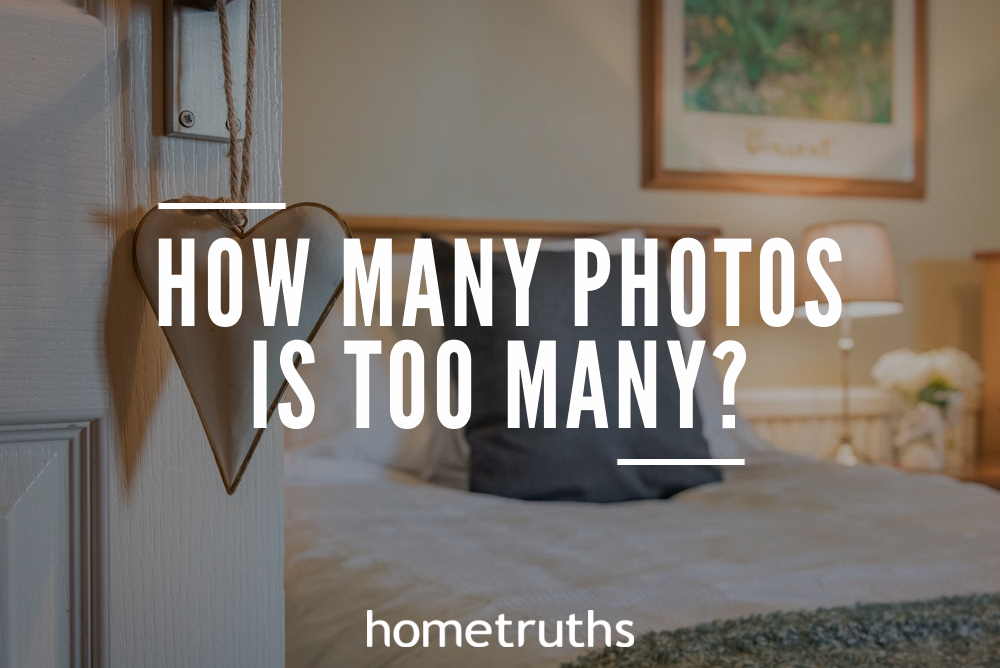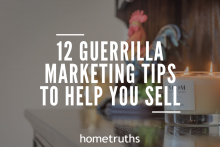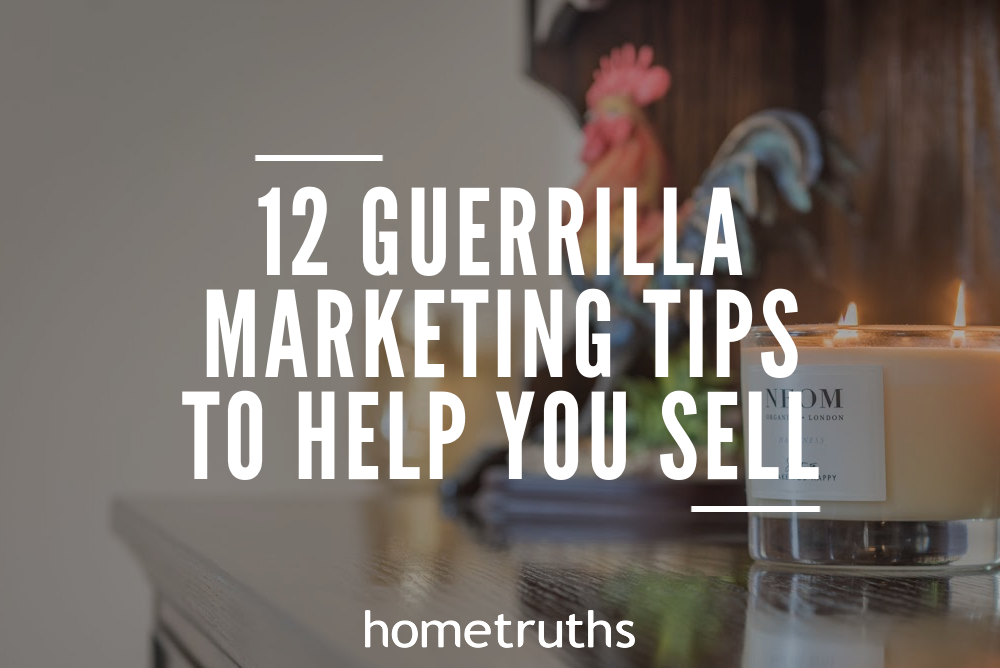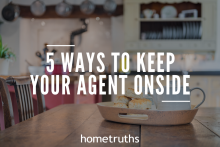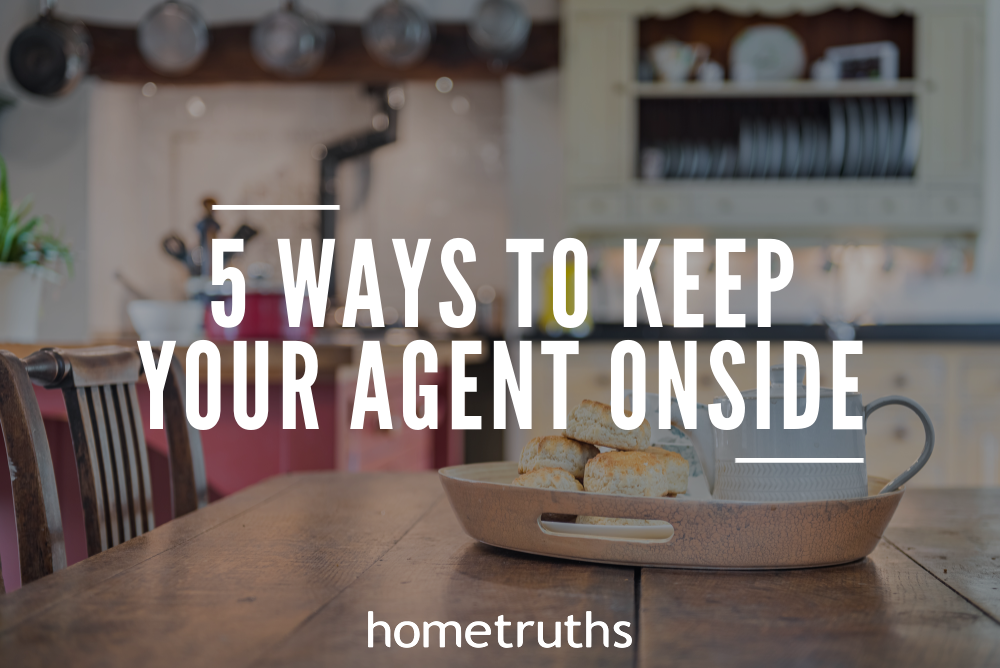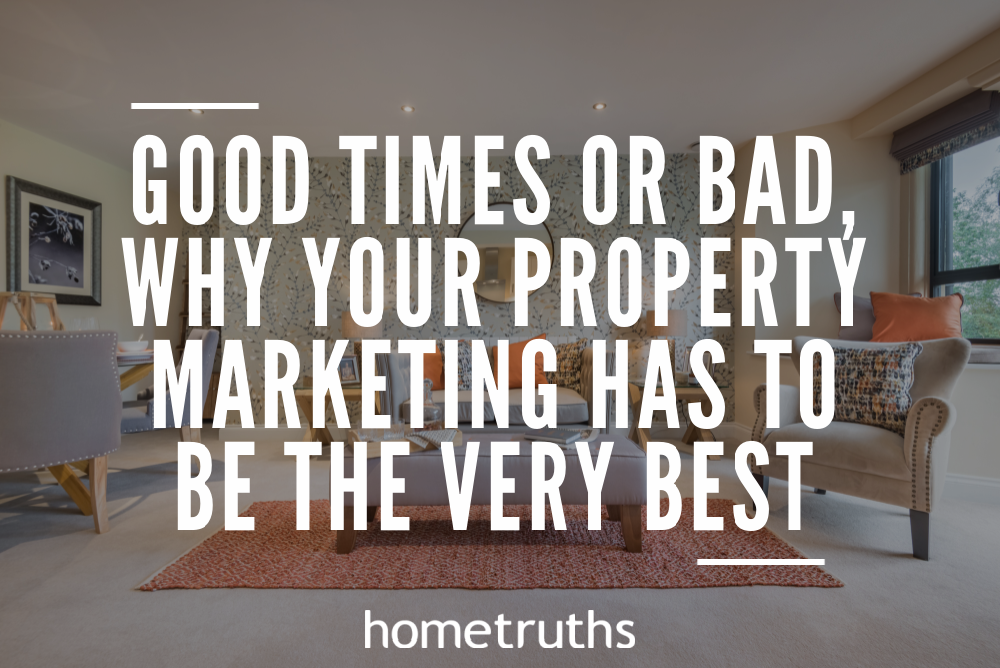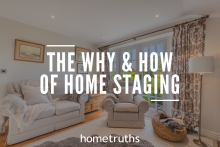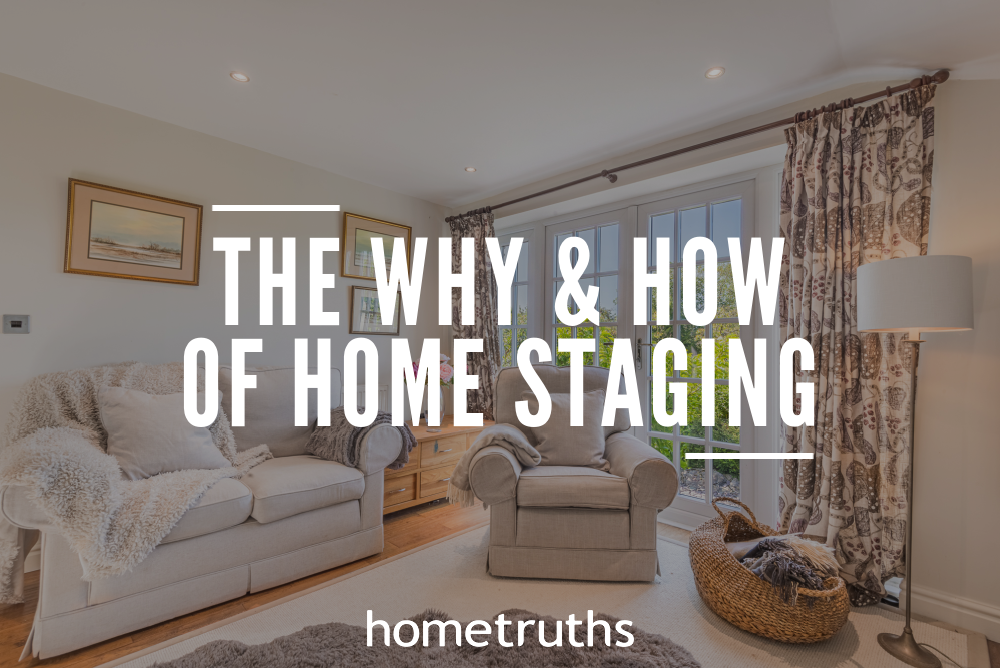Are you wrestling with the decision of exactly what the marketing price of your house should be?Worried you’ll make a mistake, and concerned about the consequences?
Selecting just the right asking price for your house can be a challenging task.; one that should be made easier by the advice of your estate agent, but often that’s not the case. After all, if you’ve interviewed three or more estate agents to give you an up to date market appraisal, you may have found yourself in possession of three different asking price recommendations.
We’ve been advising homeowners on pricing strategy for well over a decade now, and in that time, we’ve tried and tested some simple guidelines to help you select the best asking price for you to go to market with.
Rightmove’s search bandings
If you choose a strategically optimised asking price, it will make sure your house is found in a Rightmove search:

When you use the drop-down search in Rightmove, you’ll see the price ranges become further apart as the prices go higher. So for searches below £300,000, the bands jump in £10,000 rises, whereas between £1,000,000 and £2,000,000, the price bands are in £250,000 increments.
If you select an asking price that’s just below a Rightmove price band, say £599,999, your property will only show in a search up to £600,000, but not including it. This is what we call the ‘Rightmove Zero Pricing Strategy’. By pricing your property at £600,000 exactly, it will appear in searches that both start and end at £600,000. Simply put, pricing your property at the exact same price as a Rightmove property search band, your house will show in more searches; potentially up to double the number of searches you’d get found in, with a non-optimised price.
The psychology of pricing houses
Estate agents often like to use a price with all the nines, because they believe it’s a psychological price point. But this is an outdated viewpoint, that doesn’t work in today’s digital world. Let’s face it, a price with all the nines like £999,999 is a cheap ploy – an ‘Asda’ price. Your buyers aren’t daft, so don’t treat them as if they are. Give them some respect with a ‘John Lewis’ price.
After all, as my Dad would have said, “Look after the pennies, and the pounds will take care of themselves”.
* * * * *
If you’d like my help to sell your home more effectively, please answer a few short questions here and if I think I can help you, I’ll be in touch.


